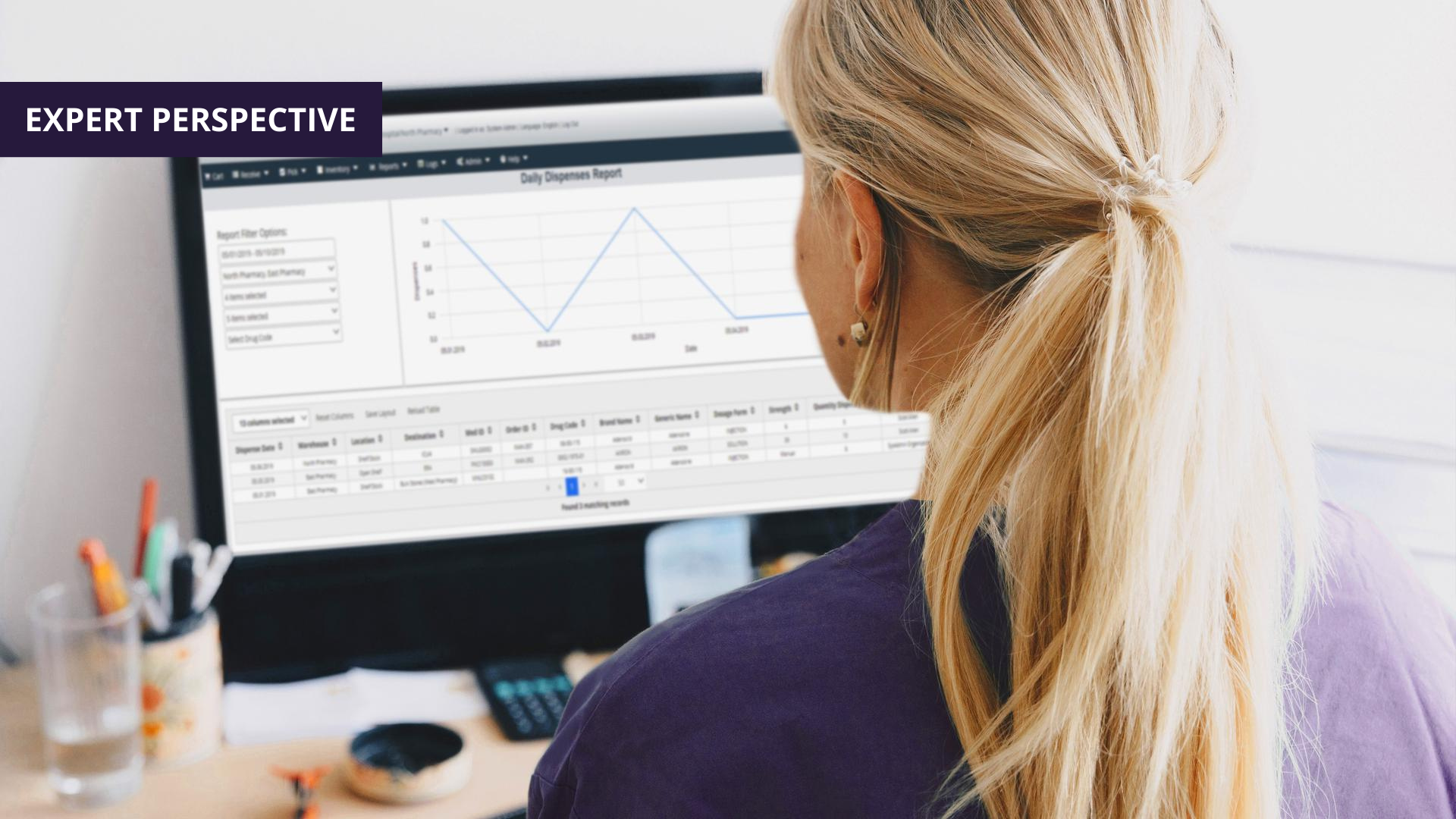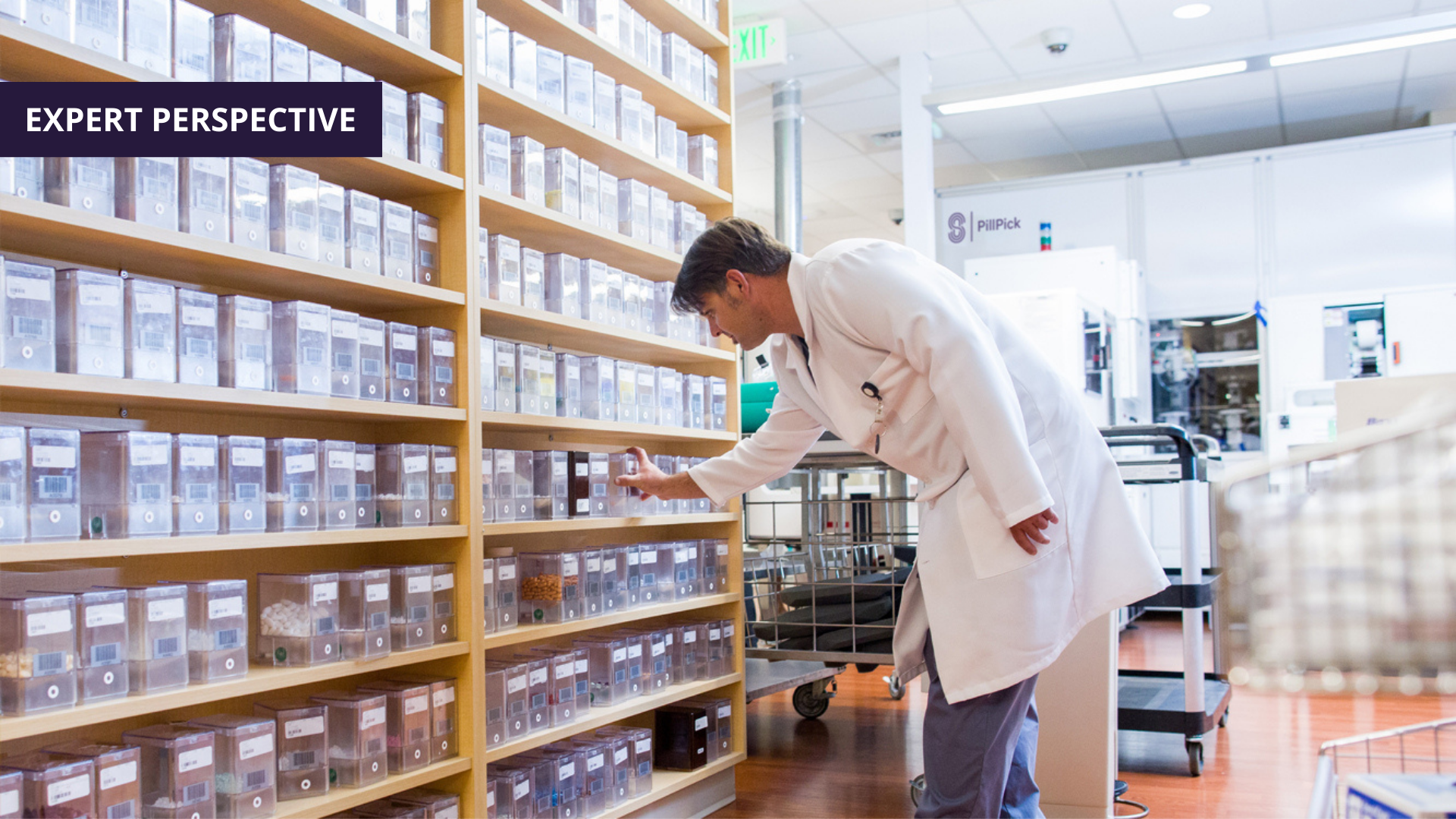Leveraging Technology To Boost Patient Experience (PX)

Patient Experience (PX): The New Focus
In the tech world user experience (UX) has long been emphasized, now in the healthcare space patient experience (PX) has emerged as a critical factor in hospital success. Hospitals are realizing that positive patient experiences are not only linked to better health outcomes but investments made with PX at the forefront also contribute to operational efficiencies that improve employee morale and financial flexibility.
What Is Patient Experience?
Patient experience encompasses a wide range of interactions that patients have with the healthcare system, including their interactions with doctors, nurses, staff in hospitals, physician practices, pharmacy accuracy, timeliness of care, and use of patient-focused technology.
Key Components of Patient Experience
- Communication: Effective communication between healthcare providers and patients is fundamental to patient experience. This includes clear explanations of medical conditions, treatments, and procedures, as well as active listening to patient concerns and preferences.
- Respect and Dignity: It’s second nature to most healthcare professionals but treating patients with respect and ensuring their dignity is maintained throughout their care journey is essential. This involves acknowledging their values, preferences, and addressing expressed needs.
- Emotional Support: Addressing the emotional and psychological needs of patients is a considerable part of the patient experience. Often times medical professionals are tasked with communicating difficult and complex prognoses. Ensuring patients have the resources and support they need to face these challenges can make all the difference for the patient and their families.
- Physical Comfort: Ensuring that patients are physically comfortable during their stay is important. This includes pain management, assistance with daily activities, and creating a quiet restful environment.
- Coordination of Care: Seamless coordination among healthcare providers and across different services – like the pharmacy or lab – is vital for a positive patient experience. This helps in avoiding delays, reducing redundancy, and ensuring that care is continuous and comprehensive.
- Patient Involvement: Involving patients in decision-making about their care and treatment plans empowers them and enhances their satisfaction. This includes providing information and support to help them make informed choices.
The Link Between Patient Experience and Health Outcomes
Patient experience is more than just a matter of making patients feel well cared for; it has tangible impacts on health outcomes. Studies published by the Department of Health and Human Services’ Agency for Healthcare Research and Quality have shown that positive patient experiences are associated with better adherence to treatment plans, reduced readmission rates, and improved overall health. Furthermore, patients who feel respected and well-informed are more likely to follow medical advice and engage in their care, again leading to better patient outcomes.
Financial Benefits of Investing in Patient Experience
Investing in patient experience is not just good for patients, haphazardly it makes good business sense too. Hospitals with higher patient-reported experience scores tend to perform better financially. Research conducted by the Deloitte Center for Health Solutions found that hospitals with excellent patient experience ratings had significantly higher net margins compared to those with lower ratings. Specifically, hospitals with top patient experience scores had an average net margin of 4.7%, compared to just 1.8% for hospitals with lower scores.
A Few Technologies Hospitals and Healthcare Facilities Can Leverage
Pharmacy Automation Technology
Pharmacy automation technology is rapidly changing the way medications are managed and dispensed in hospitals, and it’s having a direct impact on patient experience. New automation technologies reduce medication errors – which effects up to 1.3 million patients annually, reduces mundane tasks for employees, and allows providers more flexibility.
By removing manual tasks via sophisticated automation solutions, pharmacists, physicians, and nurses can focus on clinical work and patient interactions, which improves workplace morale and patient confidence, thus leading to more billable hours, better operational efficiency, and most importantly: better patient outcomes.
User Friendly Healthcare Portals
Many large health systems offer a web-based platform that can be used to manage appointments, refill prescriptions, correspond with providers, and make payments. For many, these platforms can help make managing their care easier, but only if they are approachable and easy to use for all users. That means ensuring that all programs meet all web accessibility standards and feature a clean, intuitive, user-friendly design.
Pneumatic Tube Systems
Though modern pneumatic tube systems are far more sophisticated than their predecessors – often making thousands of tracked, secure, transactions per day – the pneumatic tube system has been a staple in hospital operations for the better part of 70 years. These systems enable the rapid and secure transport of medications, lab samples, and supplies throughout healthcare campuses. Thanks to this network, healthcare facilities can improve coordination between departments and help reduce the logistical burden on patients and staff alike. For instance, a lab sample can be collected during a patient visit and be sent to the lab at 25 meters per second, versus instructing the patient to go to a different place to provide the sample.
Furthermore, excessive noise in hospitals has been shown to elicit negative physiological and psychological effects in patients, impacting their ability to rest and recover. Implementing quiet delivery stations into your tube system is an effective strategy to reduce noise levels and improve the patient experience.
AI-Enhanced Imaging Technology
The MRI machine is modern medical marvel, and yet many patients dread the image collection process. In our blog, “5 Areas Where AI Could Impact Hospital Operations” we explore how new imaging software can cut the MRI collection time by two-thirds or more. Like other investments in technology, this allows facilities to schedule more images while improving the patient experience.
Patient Experience Moving Forward
Investing in technologies that enhance patient experience is a win-win for both patients and hospitals. Pharmacy automation technology, pneumatic tube systems, and quiet delivery stations are just a few examples of how hospitals can leverage technology to improve patient care and operational efficiency. By prioritizing patient experience, hospitals can achieve better health outcomes, increased patient satisfaction, and improved financial performance.
As healthcare continues to evolve, it is essential for hospital managers to stay ahead of the curve by adopting innovative technologies that enhance patient experience. By doing so, they can create a more patient-centered care environment that not only meets but exceeds patient expectations.







